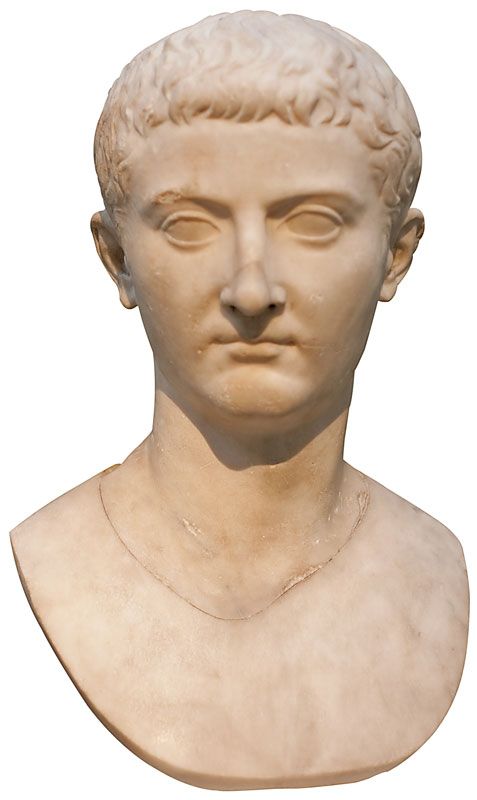I've always heard that Jesus was 30 years old when He began His ministry, He preached and granted miracles for 3 1/2 years, and was then crucified and resurrected in April 33 AD. I trusted that scholars had investigated all of this. I knew there were other theories but since they aren't popular, then there was nothing to them.
Recently I decided to really look into the matter. I was shocked at what I discovered. Really shocked. The date markers in the Gospels do not corroborate any of the common understanding - what most pastors and Sunday School teachers continually state.
Messiah Jesus actually began His ministry in early spring 29 AD. He ministered for just over 2 years. He was crucified and resurrected on April 25, 31 AD.
Evidence:
1. John the Baptizer
-started his ministry Luke 3:1-2
-it was in the 15th year of Tiberius Caesar
"and in 14 CE, on August 19, Augustus died. Tiberius, now supreme, played politics with the Senate and did not allow it to name him emperor for almost a month, but on September 17 he succeeded to the principate. He was 54 years old."

 www.britannica.com
www.britannica.com
-15th year of Tiberius started in September, 28 AD
2. The Timeline in John's Gospel
Late winter/early spring 29 AD
-John the baptizer (John 1)
-in Bethany, across the Jordan (John 1:28)
-Jesus comes to the Jordan
-John tells of a previous visit when Jesus was baptized (John 1:32)
-Jesus immediately starts calling disciples
April 29 AD
-Jesus goes to Jerusalem for the Passover (John 2:13)
-it's 46 years since the temple was being built (John 2:20) Another time marker pointing to 29 AD
September/October 29 AD
-Jesus goes to Jerusalem for a feast (John 5:1)
April 30 AD
-Jesus feeds 5000 at Sea of Galilee when Passover approaching (John 6:1)
September/October 30 AD
-Jesus does not go to Jerusalem for Feast of Booths (John 7:1); but later shows up at the temple in Jerusalem (John 7:14)
December 30 AD
-Jesus goes to Jerusalem for Feast of Dedication in winter (John 10:22)
April 31 AD
-Passover (john 11:55)
-Triumphal entry (John 12:12)
--Update-- I've released a video that goes through all the evidence.
Recently I decided to really look into the matter. I was shocked at what I discovered. Really shocked. The date markers in the Gospels do not corroborate any of the common understanding - what most pastors and Sunday School teachers continually state.
Messiah Jesus actually began His ministry in early spring 29 AD. He ministered for just over 2 years. He was crucified and resurrected on April 25, 31 AD.
Evidence:
1. John the Baptizer
-started his ministry Luke 3:1-2
-it was in the 15th year of Tiberius Caesar
"and in 14 CE, on August 19, Augustus died. Tiberius, now supreme, played politics with the Senate and did not allow it to name him emperor for almost a month, but on September 17 he succeeded to the principate. He was 54 years old."

Tiberius | Biography, Accomplishments, Facts, & Death
Tiberius, second Roman emperor (14–37 CE), the adopted son of Augustus, whose imperial institutions and imperial boundaries he sought to preserve. In his last years he became a tyrannical recluse, inflicting a reign of terror against the major personages of Rome. Learn more about Tiberius in...
-15th year of Tiberius started in September, 28 AD
2. The Timeline in John's Gospel
Late winter/early spring 29 AD
-John the baptizer (John 1)
-in Bethany, across the Jordan (John 1:28)
-Jesus comes to the Jordan
-John tells of a previous visit when Jesus was baptized (John 1:32)
-Jesus immediately starts calling disciples
April 29 AD
-Jesus goes to Jerusalem for the Passover (John 2:13)
-it's 46 years since the temple was being built (John 2:20) Another time marker pointing to 29 AD
September/October 29 AD
-Jesus goes to Jerusalem for a feast (John 5:1)
April 30 AD
-Jesus feeds 5000 at Sea of Galilee when Passover approaching (John 6:1)
September/October 30 AD
-Jesus does not go to Jerusalem for Feast of Booths (John 7:1); but later shows up at the temple in Jerusalem (John 7:14)
December 30 AD
-Jesus goes to Jerusalem for Feast of Dedication in winter (John 10:22)
April 31 AD
-Passover (john 11:55)
-Triumphal entry (John 12:12)
--Update-- I've released a video that goes through all the evidence.
Last edited:
